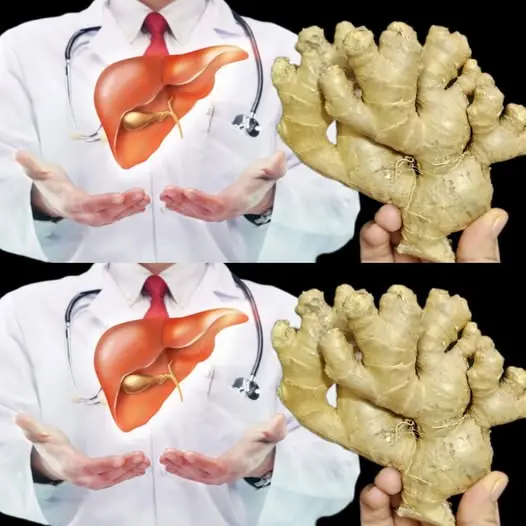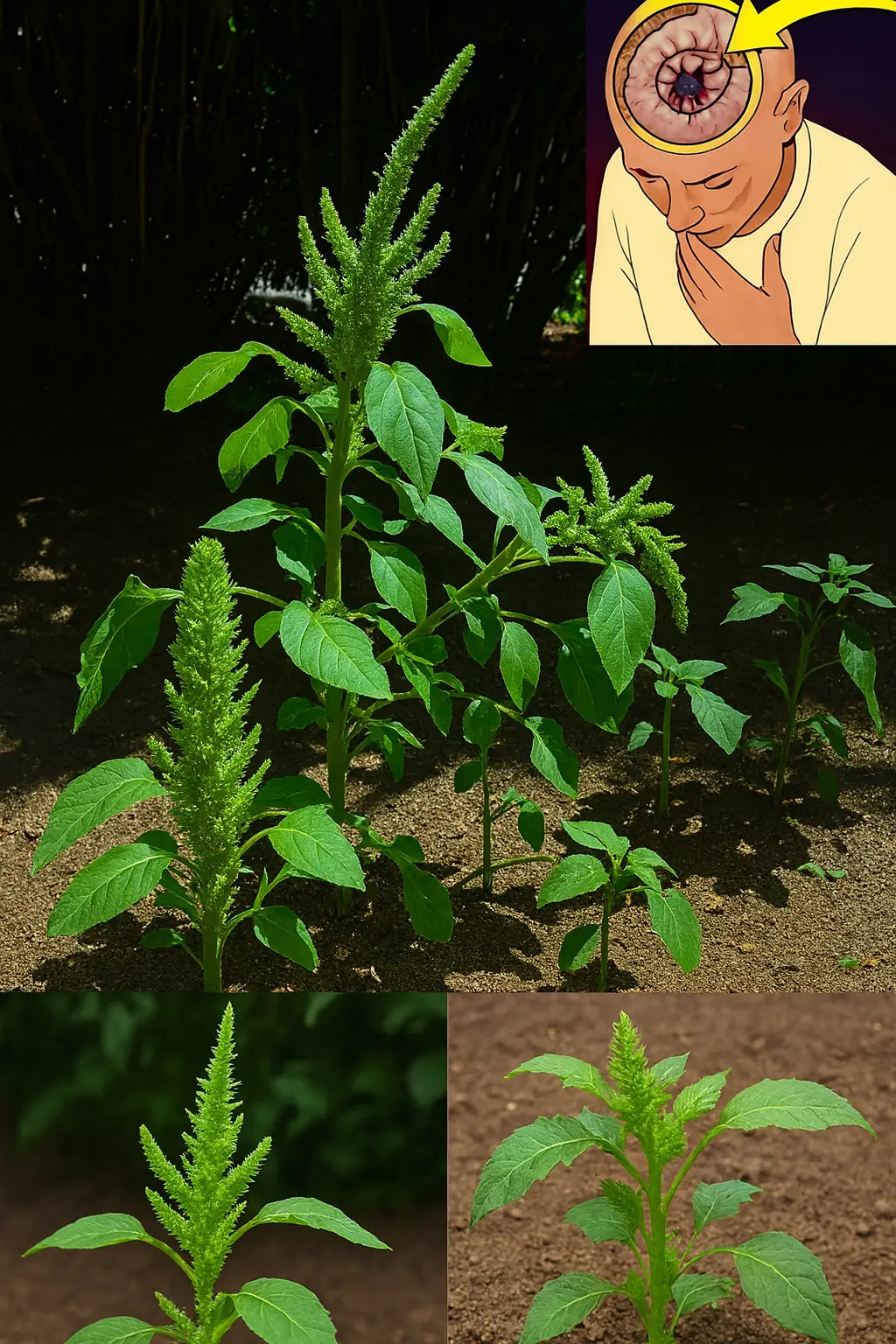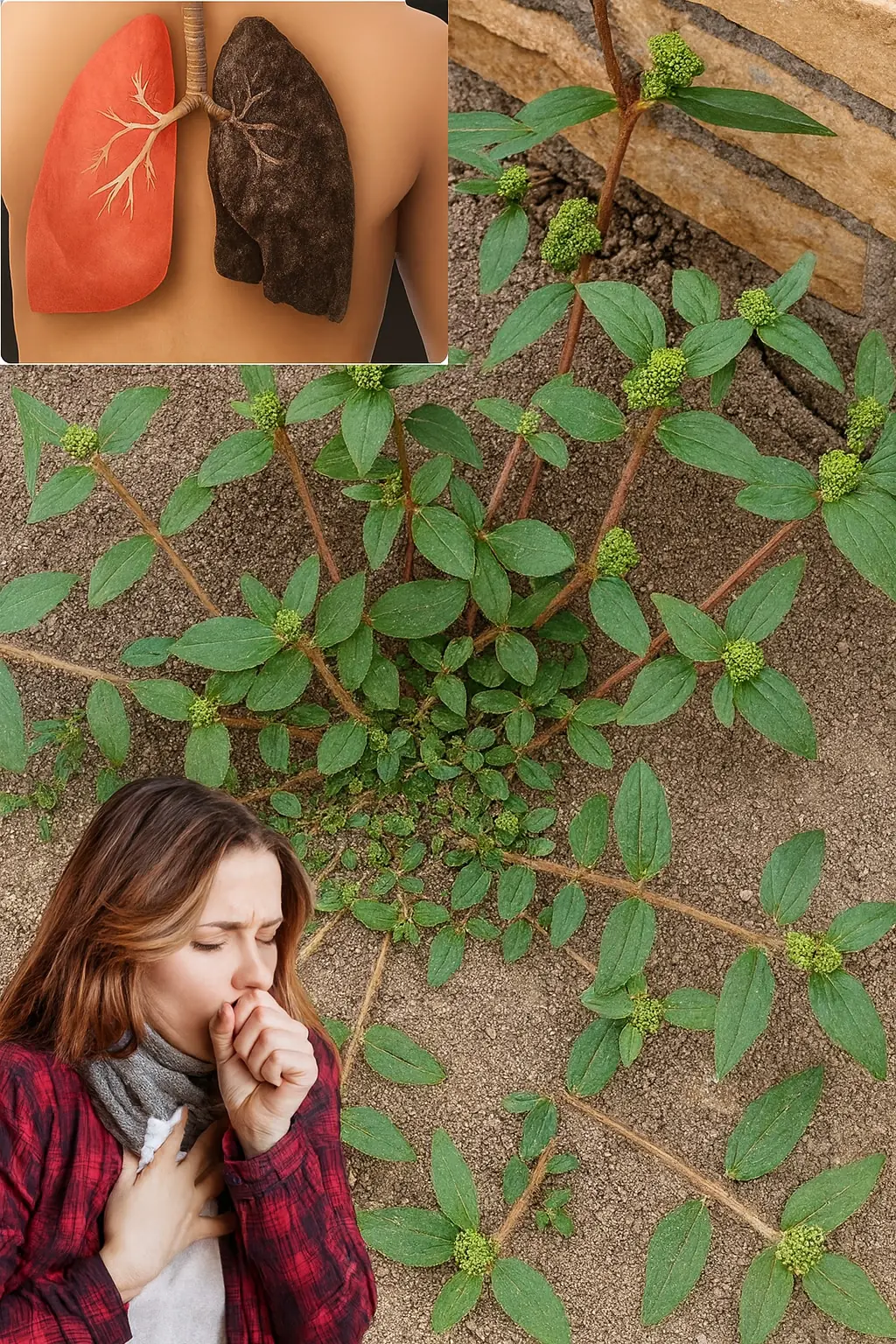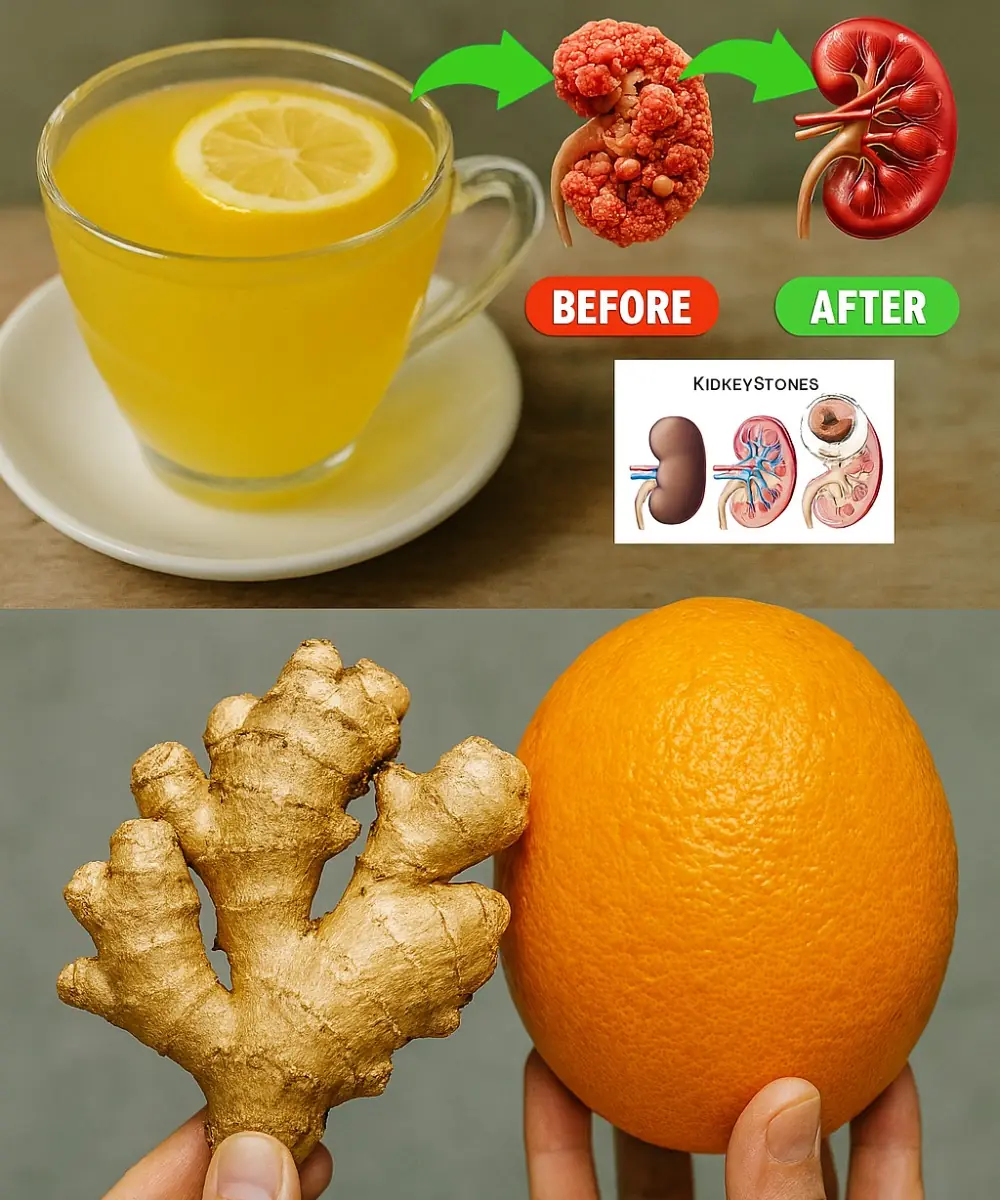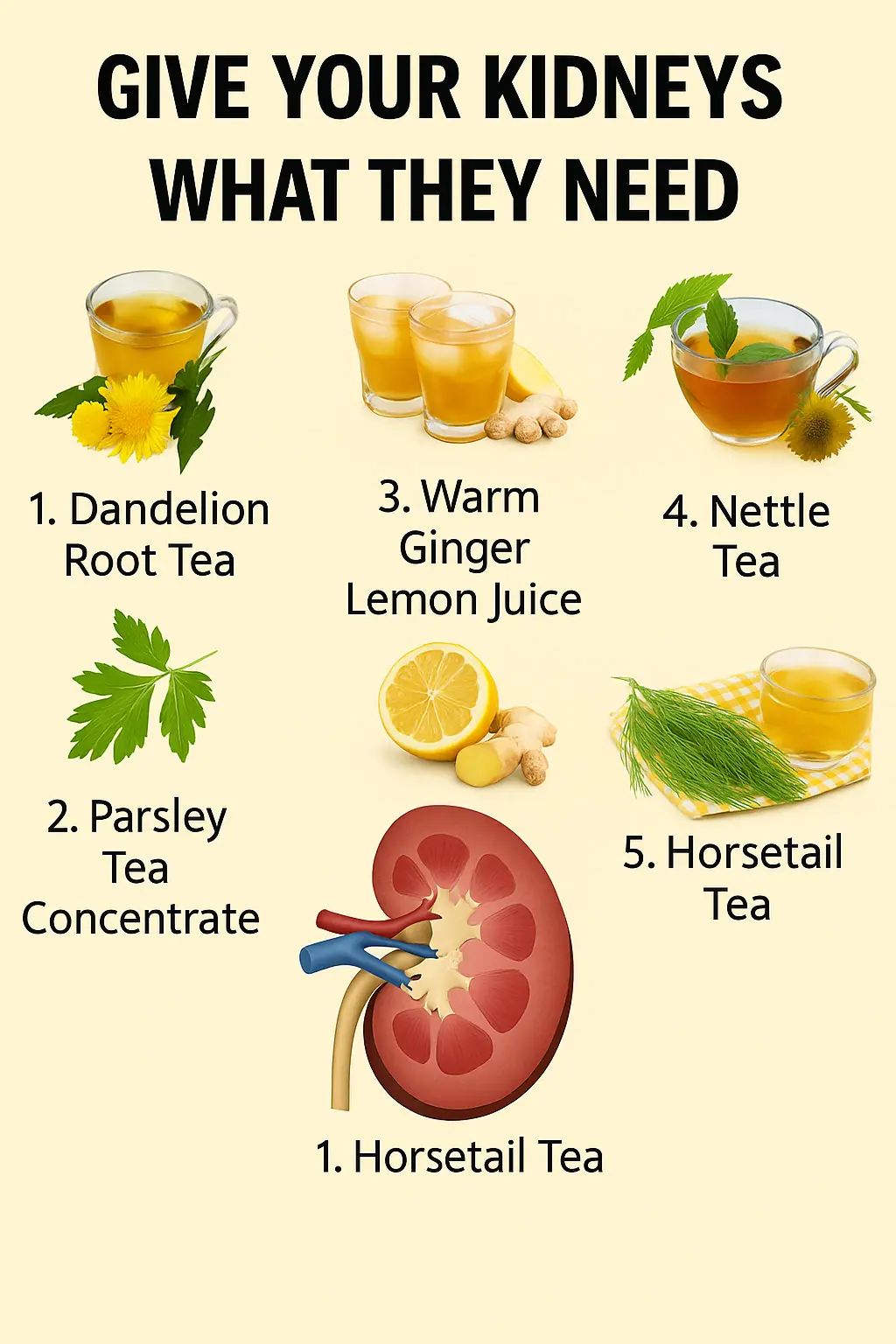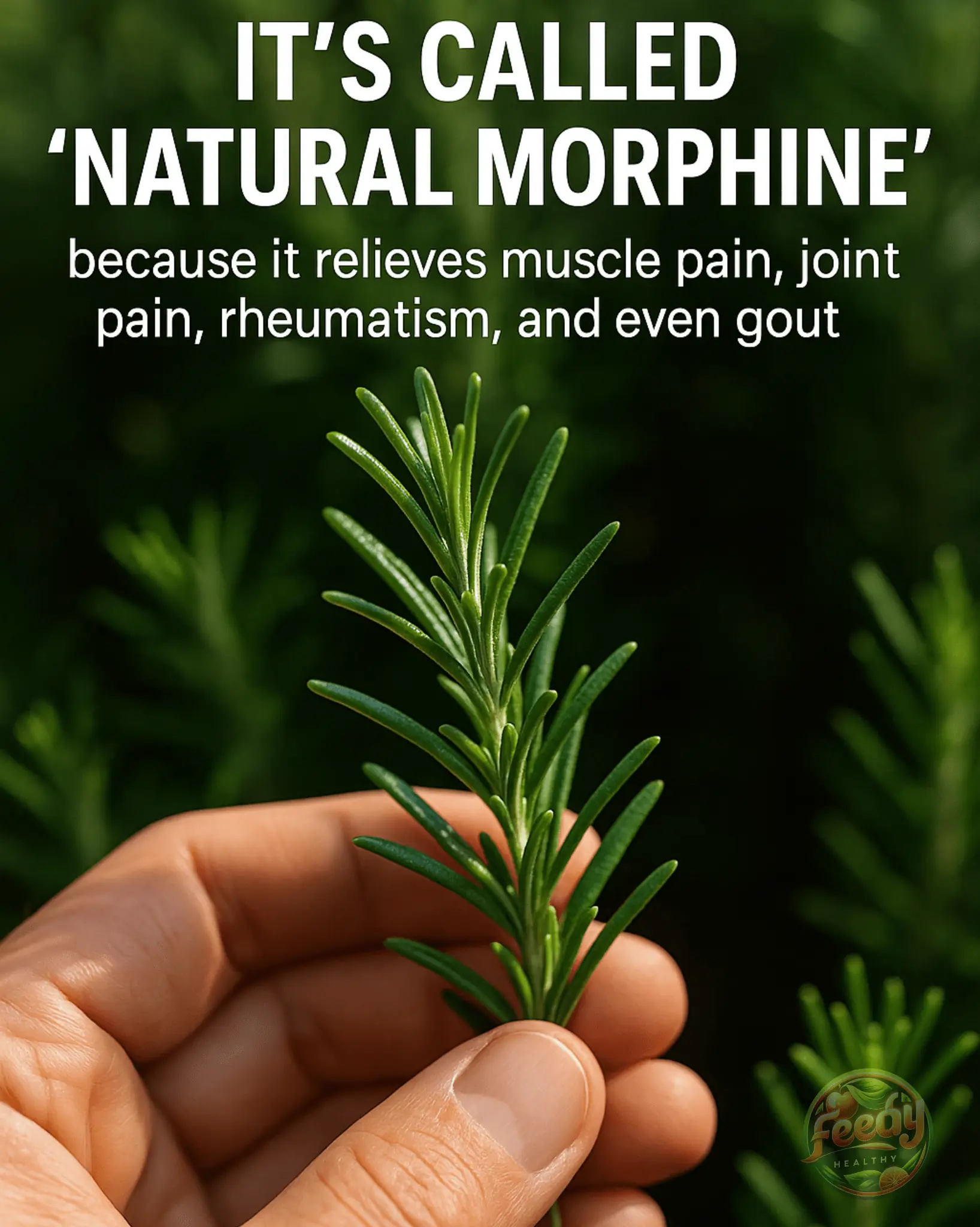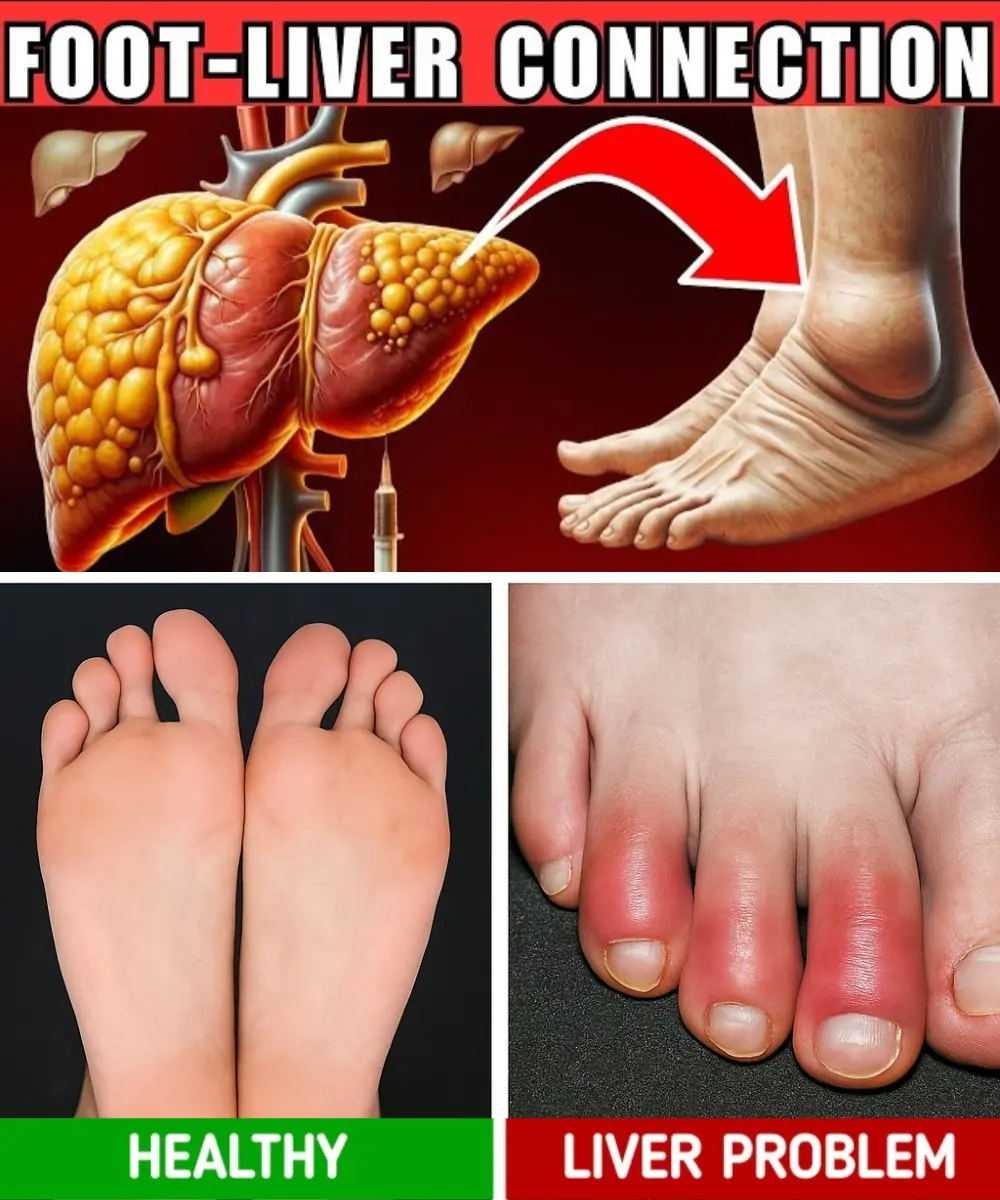
Your feet carry you through life, but did you know they might also be whispering warnings about your liver’s health? As the body’s detox powerhouse, your liver filters toxins, balances nutrients, and keeps your system running smoothly. But when it’s under stress, it sends subtle signals—often to your feet—that are easy to overlook. From swelling to strange tingles, these signs could point to liver dysfunction before more obvious symptoms appear. Ready to tune into what your feet are saying? Let’s uncover 12 surprising foot symptoms linked to liver problems, why they happen, and how to act on them to protect your health.
Why Your Feet Reflect Liver Health 🌟
Imagine your liver as a tireless factory, processing blood, producing proteins, and neutralizing toxins. When it struggles—due to factors like poor diet, excessive alcohol, or chronic conditions—it can’t keep up, and the effects ripple outward. Your feet, with their dense network of nerves, blood vessels, and skin, are surprisingly sensitive to these changes, acting like an early warning system for liver stress.
Why should you care? Liver issues, like fatty liver disease or hepatitis, often develop silently, with symptoms showing up only in later stages. Catching these subtle foot signs early can prompt you to seek medical advice and make lifestyle changes, potentially preventing serious damage. Let’s explore the 12 foot symptoms, their connection to the liver, and what you can do to stay proactive.
The Science Behind Liver-Foot Connections 🔬
Liver dysfunction impacts multiple systems, leading to foot symptoms:
Fluid Retention: Low albumin (a liver-made protein) causes swelling in extremities.
Bile Buildup: Impaired bile flow leads to itching or jaundice.
Nutrient Deficiencies: Poor liver function hinders nutrient absorption, affecting nails and skin.
Circulation Issues: Liver stress slows blood flow, causing coldness or tingling.
Hormonal Imbalances: Altered hormone processing triggers skin changes or bruising.
Studies, like those in Hepatology (2018), link chronic liver disease to symptoms like peripheral neuropathy and palmar erythema, while research in Journal of Clinical Gastroenterology (2020) highlights itching as a hallmark of cholestasis. By recognizing these foot signs, you can act before issues escalate.
12 Subtle Foot Symptoms of Liver Stress 👣
Your feet might be signaling liver trouble if you notice these signs. Here’s what to watch for and why:
Swollen Feet or Ankles 🌊
Mild puffiness in your feet or ankles, especially after standing, could indicate fluid retention. The liver produces albumin to regulate fluid balance; when levels drop (e.g., in cirrhosis), fluid leaks into tissues, causing edema. Journal of Liver Research (2019) notes this as an early sign of liver dysfunction.
What to Do: Elevate feet, reduce salt intake, and consult a doctor if swelling persists.
Itchy Soles Without Rash 🌿
Persistent itching, especially at night, may stem from bile salts accumulating under the skin due to cholestasis (blocked bile flow). This is common in conditions like primary biliary cholangitis.
What to Do: Moisturize, avoid scratching, and seek medical tests for bile flow issues.
Yellow Skin or Toenails 💛
A yellowish tint in your feet’s skin or nails (jaundice) signals excess bilirubin, a pigment the liver normally processes. This can occur in hepatitis or cirrhosis, per American Journal of Medicine (2020).
What to Do: See a doctor immediately, as jaundice requires urgent evaluation.
Dark Patches or Discoloration 🟤
Uneven pigmentation or dark spots on your feet may reflect hormonal imbalances or melanin changes tied to liver stress, often seen in chronic liver disease.
What to Do: Monitor for other symptoms and consult a dermatologist or hepatologist.
Red or Blotchy Soles 🔴
Red, mottled soles (palmar erythema) can result from altered estrogen processing in liver disease, causing dilated blood vessels. It’s linked to cirrhosis and portal hypertension (Hepatology, 2017).
What to Do: Check for other liver signs and seek a liver function test.
Tingling, Burning, or Numbness ⚡
Peripheral neuropathy—nerve damage causing tingling or burning—can stem from liver-related nutrient deficiencies or toxin buildup, per Journal of Neurology (2019).
What to Do: Discuss with a doctor to rule out diabetes or liver-related causes.
Cold Feet Despite Warm Weather ❄️
Chronically cold feet may indicate poor circulation or slowed metabolism, both linked to liver dysfunction, especially in advanced stages like cirrhosis.
What to Do: Keep feet warm, stay active, and check for circulatory or liver issues.
Brittle or Discolored Toenails 💅
Weak, ridged, or pale nails reflect poor nutrient absorption (e.g., iron, protein) due to liver stress, often seen in chronic liver conditions (Dermatologic Clinics, 2018).
What to Do: Boost nutrient-rich foods (e.g., leafy greens, nuts) and consult a doctor.
Cracked or Peeling Heels 🦶
Persistent dryness or cracking, even with moisturizing, may signal dehydration or skin changes from liver-related nutrient imbalances.
What to Do: Hydrate, use emollient creams, and check for underlying liver issues.
Frequent Toenail Infections 🍄
Recurring fungal infections or slow-healing nails suggest a weakened immune system, often tied to chronic liver stress, per Journal of Hepatology (2020).
What to Do: Treat infections promptly and discuss immune health with a doctor.
Muscle Cramps or Foot Fatigue 🦵
Electrolyte imbalances (e.g., low potassium or magnesium) from liver dysfunction can cause cramps or weakness in the feet, especially at night.
What to Do: Stretch regularly, eat electrolyte-rich foods (e.g., bananas), and seek medical advice.
Unexplained Bruising on Feet 💜
Easy bruising without trauma may indicate low clotting factors, a sign of liver trouble, as the liver produces proteins needed for blood clotting (Blood, 2019).
What to Do: Monitor bruise frequency and consult a doctor for clotting or liver tests.
When to Act: Listening to Your Feet 🩺
If you notice multiple symptoms—say, swelling paired with itching or yellowing—it’s time to see a healthcare provider. Liver disease often progresses silently, but early detection through blood tests (e.g., liver function tests) or imaging can be life-saving. Don’t wait for severe symptoms like abdominal pain or fatigue to act.
Proactive Steps to Support Your Liver:
Stay Hydrated: Drink 8-10 glasses of water daily to aid detox.
Eat Liver-Friendly Foods: Include leafy greens, berries, beets, and healthy fats (e.g., avocado, nuts).
Limit Alcohol: Excessive drinking is a leading cause of liver damage.
Manage Stress: Practice yoga or meditation to reduce cortisol, which can strain the liver.
Exercise Regularly: 20-30 minutes daily boosts circulation and liver function.
Why Your Feet Matter 💖
This isn’t just about spotting symptoms—it’s about empowerment. Your feet are more than a foundation for walking; they’re a window into your body’s health. By paying attention to subtle changes—swelling, itching, or discoloration—you can catch liver issues early and take control of your well-being.
These signs are your body’s way of saying, “Check in with me.” Whether it’s a doctor’s visit or a tweak to your diet, small actions now can lead to big rewards for your liver and overall health.
Where to Start: Practical Tips 🌱
Monitor Symptoms: Keep a journal of foot changes (e.g., when swelling or itching occurs) to share with your doctor.
Diet Boost: Add liver-loving foods like spinach, turmeric, and walnuts to your meals.
Foot Care: Moisturize heels, wear supportive shoes, and inspect feet daily for changes.
Medical Tests: Request liver function tests (ALT, AST, bilirubin) or an ultrasound if symptoms persist.
Safety and Precautions ⚠️
While foot symptoms can hint at liver issues, they may also stem from other causes (e.g., diabetes, thyroid problems, or poor circulation). Here’s how to proceed wisely:
Consult a Doctor: Essential for accurate diagnosis, especially if you have risk factors like obesity, alcohol use, or hepatitis history.
Avoid Self-Diagnosis: Foot symptoms alone aren’t enough to confirm liver disease—combine with other signs (e.g., fatigue, dark urine).
Medication Caution: If on medications (e.g., statins, acetaminophen), check for liver side effects, as they can stress the organ.
Allergies or Sensitivities: Rule out skin conditions like eczema before linking itching to liver issues.
Disclaimer: This article is for informational purposes only and not a substitute for medical advice. Foot symptoms may have multiple causes. Consult a healthcare provider for diagnosis and treatment, especially if you have chronic conditions or take medications. Results may vary.
A Legacy of Body Wisdom 🌍
For centuries, traditional healers have observed the body’s external signs—like skin or nail changes—to diagnose internal issues. In Ayurveda and Chinese medicine, the feet are seen as a map of organ health, with modern science now linking symptoms like edema and jaundice to liver function. By tuning into your feet, you’re tapping into this ancient wisdom, backed by today’s research.
Your Next Step: Listen to Your Feet 🚀
Your feet aren’t just for walking—they’re messengers of your liver’s health. From swollen ankles to itchy soles, these 12 subtle signs could be early clues to protect your body’s detox powerhouse. By acting now—whether through a doctor’s visit, a liver-friendly diet, or better foot care—you can safeguard your health and keep your liver thriving.
So, why wait? Check your feet tonight, jot down any changes, and commit to one liver-loving action today—maybe a glass of water or a handful of berries. Your body will thank you, and you’ll feel empowered knowing you’re listening to its signals. Share your experiences, tips, or questions below—let’s inspire each other to stay healthy, one step at a time! 👣
Disclaimer: This content is not medical advice. Always consult a healthcare provider for diagnosis and treatment of health concerns, especially liver-related issues. Results may vary.





